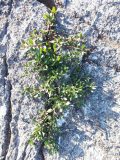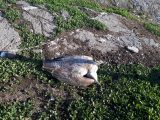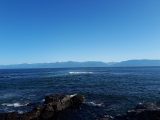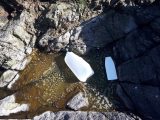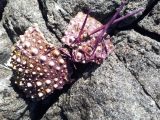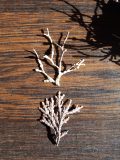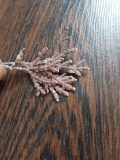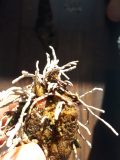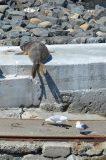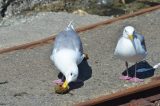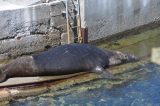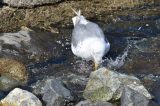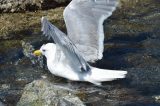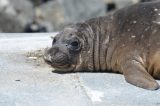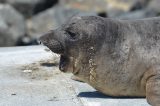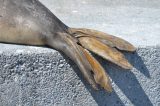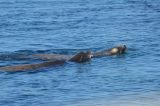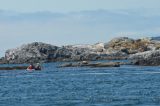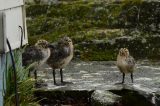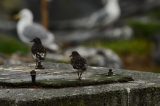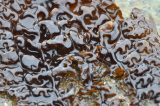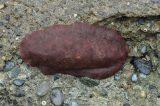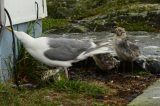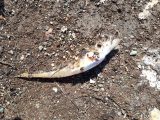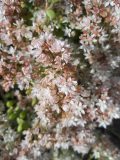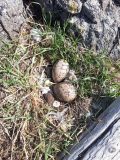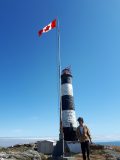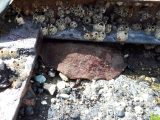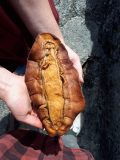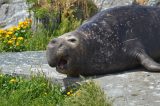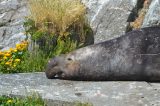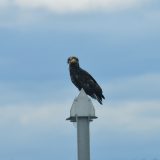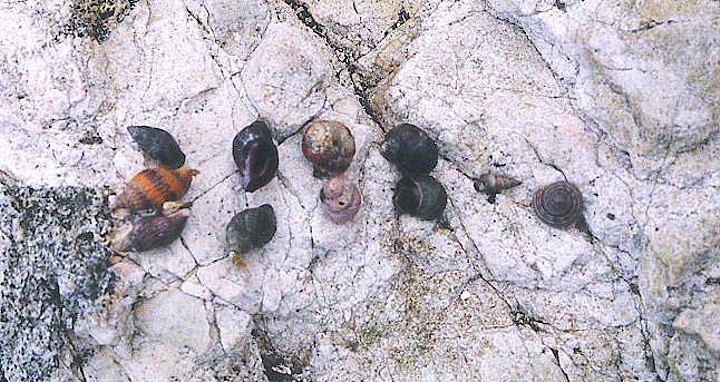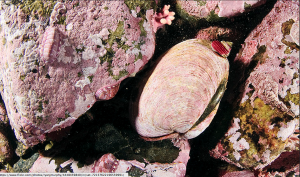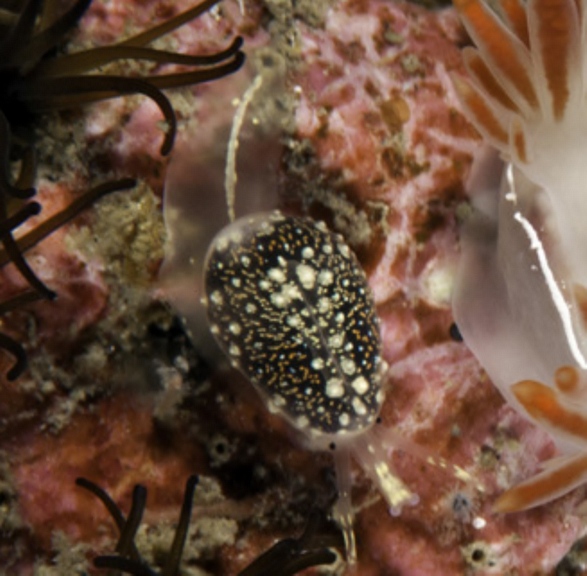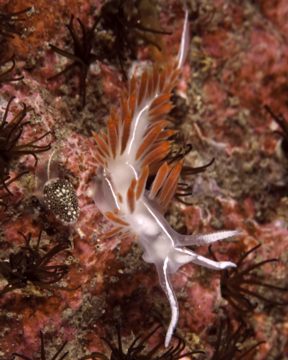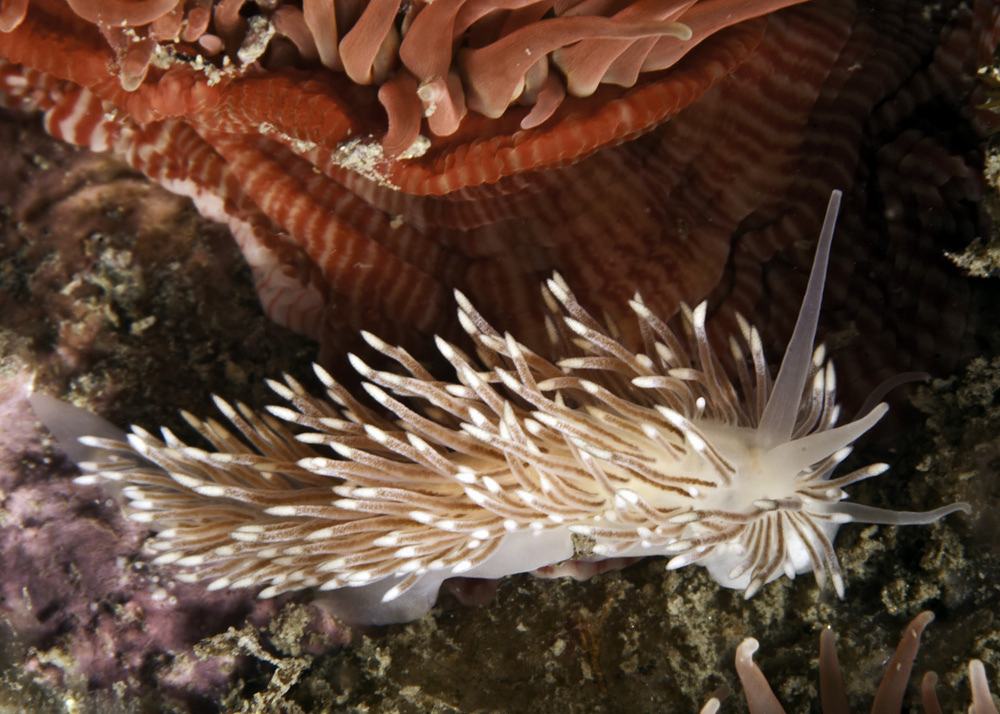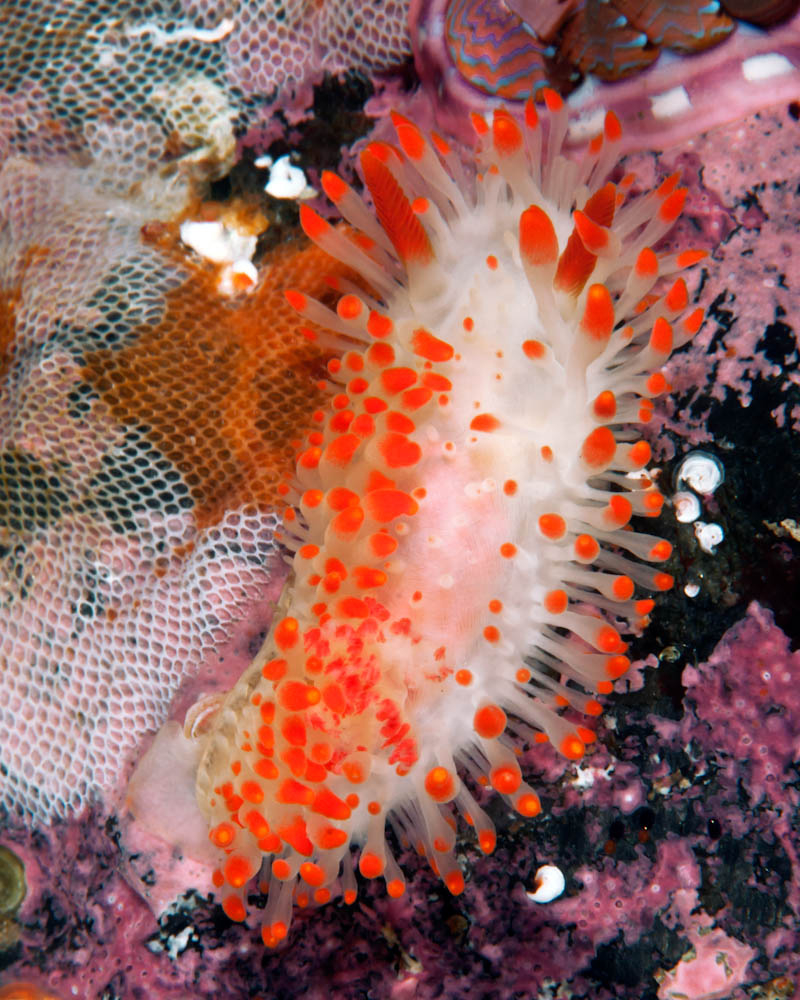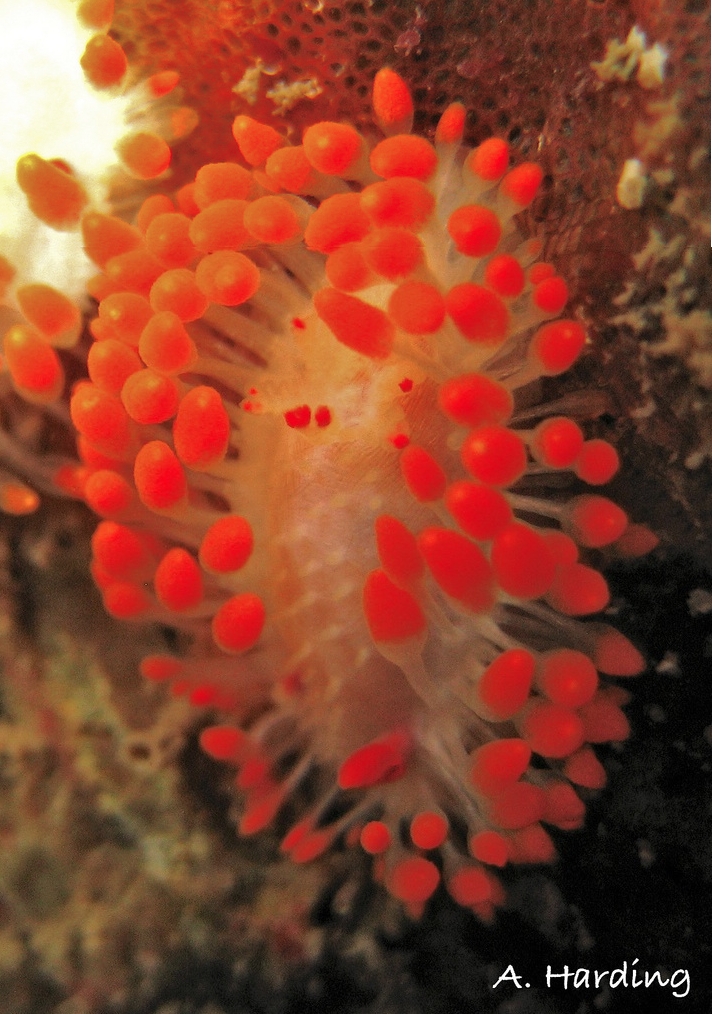Weather:
- Visibility 15+ NM
- Sky clear
- Wind 5-10 knots SE
- Sea state: calm
Visitors/Marine Traffic:
- One medium sized catamaran passed through race passage this morning drifting on the current
- This afternoon we were joined by Guy and Christine, who brought us some generator hardware and spent a bit of time enjoying the beautiful weather.
- Quite a bit of commercial traffic outside the reserve today including barges of logs and shipping containers.
Ecological:
- There are quite a few beginnings of seagull nests now. They have become more aggressive, and now fight each other over space. We have seen some pairs mating.
- We have been finding coral-like white fragments in the intertidal since last year, but until now have not been able to identify what they could be. Today we found some that were not white, but red! This insight has led us to believe that this is coralline algae. Amazingly, this article states that these unassuming structures can continue to grow forever (!) if left undisturbed and have growth rings that be counted, just like trees!
- As Gary Fletcher mentions in this post, prostrate knot weed is one of the invasive species here on Race Rocks. We noticed that it is particularly efficient at growing in places where no other plants are able, therefore it’s beginning to spread in rocky areas. It has notably spread to the rocky areas on the SW side of the island where no other flora nor fauna has managed to establish itself.
- Prostrate Knotweed (invasive)
- The first dead seagull we have seen this season. We will see more as the population increases.
- Olympic Mountain Range
- A milk jug stranded in a murky pool.
- Urchin pieces left behind by birds
- Coralline algae fragments found in intertidal (1)
- (2)
- An amazing find! Coralline algae encased by a breadcrumb sponge, and hosting a tiny tunicate!
